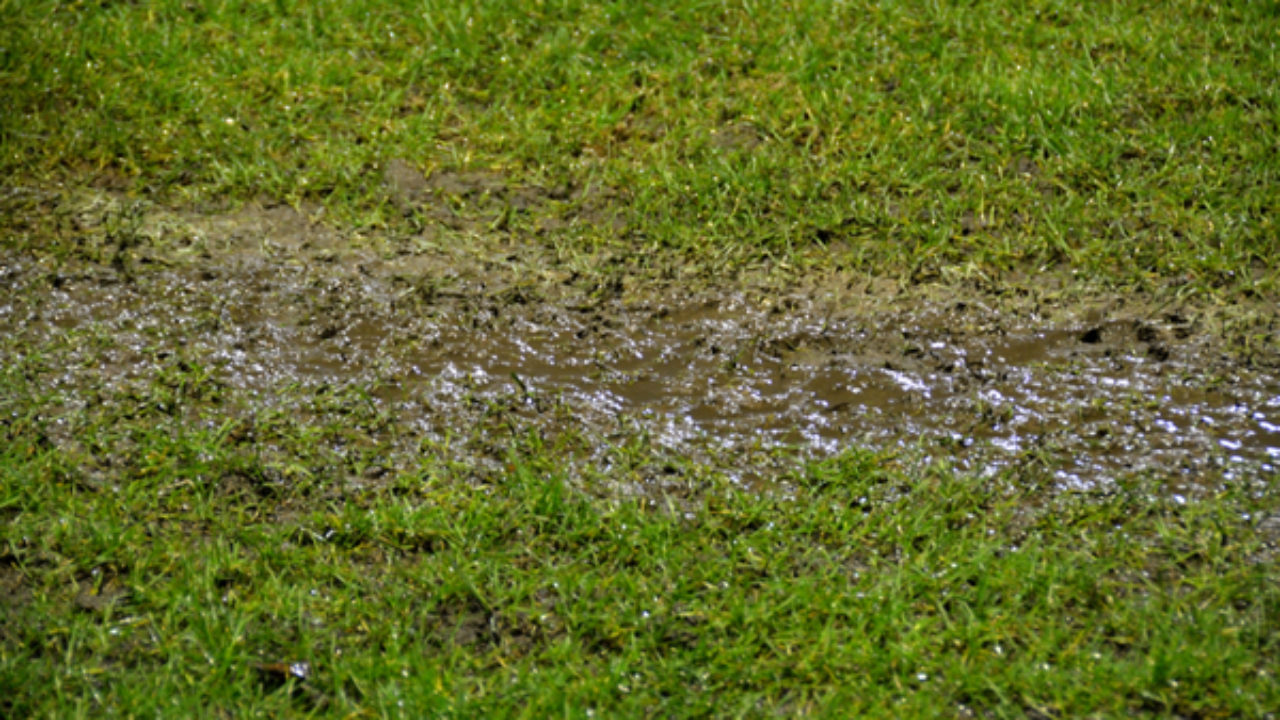How to Examine If Your Home Has a Concealed Leakage
How to Examine If Your Home Has a Concealed Leakage
Blog Article
How do you feel on the subject of Top leak detection hacks?
.jpg)
Early detection of dripping water lines can mitigate a possible calamity. Besides saving you money, it will certainly minimize the irritation as well as stress. The minute you locate a leakage, calling your plumber for fixings is the very best solution. Nevertheless, some tiny water leaks might not be visible. Right here are some hacks that aid if you can not detect it with your nude eyes.
1. Examine the Water Meter
Every residence has a water meter. Inspecting it is a surefire manner in which helps you uncover leaks. For beginners, turn off all the water sources. Make sure no one will purge, use the faucet, shower, run the washing device or dish washer. From there, most likely to the meter and watch if it will alter. Because nobody is utilizing it, there should be no movements. If it relocates, that indicates a fast-moving leak. Furthermore, if you identify no changes, wait an hour or two and check back once more. This implies you might have a slow-moving leak that can even be below ground.
2. Examine Water Consumption
Evaluate your water expenses and track your water intake. As the one paying it, you should notice if there are any type of discrepancies. If you detect sudden changes, regardless of your intake coinciding, it suggests that you have leakages in your plumbing system. Keep in mind, your water bill ought to drop under the same range on a monthly basis. A sudden spike in your costs suggests a fast-moving leak.
Meanwhile, a stable rise every month, despite the same practices, reveals you have a sluggish leak that's likewise gradually rising. Call a plumber to thoroughly inspect your residential or commercial property, especially if you really feel a cozy location on your floor with piping below.
3. Do a Food Coloring Examination
When it pertains to water intake, 30% comes from bathrooms. Examination to see if they are running appropriately. Drop specks of food shade in the tank and wait 10 mins. There's a leakage in between the container and also dish if the color in some way infiltrates your bowl during that time without flushing.
4. Asses Outside Lines
Do not fail to remember to inspect your outside water lines as well. Needs to water permeate out of the link, you have a loose rubber gasket. One tiny leak can waste lots of water and spike your water bill.
5. Analyze the circumstance and check
House owners need to make it a behavior to inspect under the sink counters and also also inside closets for any kind of bad odor or mold and mildew growth. These 2 red flags suggest a leak so punctual focus is needed. Doing regular evaluations, also bi-annually, can save you from a major issue.
Much more significantly, if you know your home is already old, keep a watchful eye on your heating units, pipes, pipelines and so on. Check for discolorations and also compromising as a lot of pipelines and devices have a life span. They will certainly additionally naturally weaken due to wear and tear. If you think dripping water lines in your plumbing system, do not await it to rise. Call a specialist plumber immediately so you don't end up with a horrible mess in your house.
Early discovery of leaking water lines can minimize a prospective calamity. Some tiny water leakages may not be noticeable. Checking it is a proven way that aids you find leakages. One tiny leak can throw away heaps of water and surge your water costs.
If you suspect dripping water lines in your plumbing system, don't wait for it to rise.
WARNING SIGNS OF WATER LEAKAGE BEHIND THE WALL
PERSISTENT MUSTY ODORS
As water slowly drips from a leaky pipe inside the wall, flooring and sheetrock stay damp and develop an odor similar to wet cardboard. It generates a musty smell that can help you find hidden leaks.
MOLD IN UNUSUAL AREAS
Mold usually grows in wet areas like kitchens, baths and laundry rooms. If you spot the stuff on walls or baseboards in other rooms of the house, it’s a good indicator of undetected water leaks.
STAINS THAT GROW
When mold thrives around a leaky pipe, it sometimes takes hold on the inside surface of the affected wall. A growing stain on otherwise clean sheetrock is often your sign of a hidden plumbing problem.
PEELING OR BUBBLING WALLPAPER / PAINT
This clue is easy to miss in rooms that don’t get much use. When you see wallpaper separating along seams or paint bubbling or flaking off the wall, blame sheetrock that stays wet because of an undetected leak.
BUCKLED CEILINGS AND STAINED FLOORS
If ceilings or floors in bathrooms, kitchens or laundry areas develop structural problems, don’t rule out constant damp inside the walls. Wet sheetrock can affect adjacent framing, flooring and ceilings.
https://www.servicemasterbyzaba.com/blog/how-to-detect-water-leakage-in-walls/

As a keen person who reads about Locating water leaks, I think sharing that segment was a great idea. Are you aware of somebody who is inquisitive about the niche? Be sure share it. Kudos for your time. Please pay a visit to our blog back soon.
Report this page